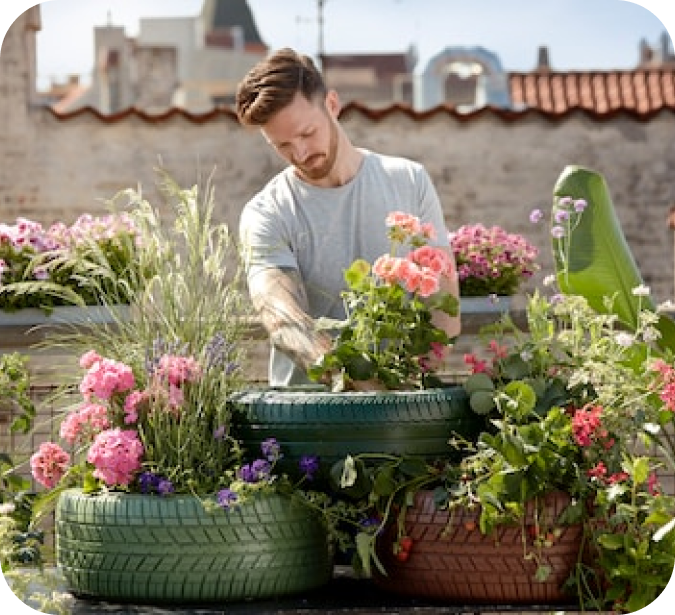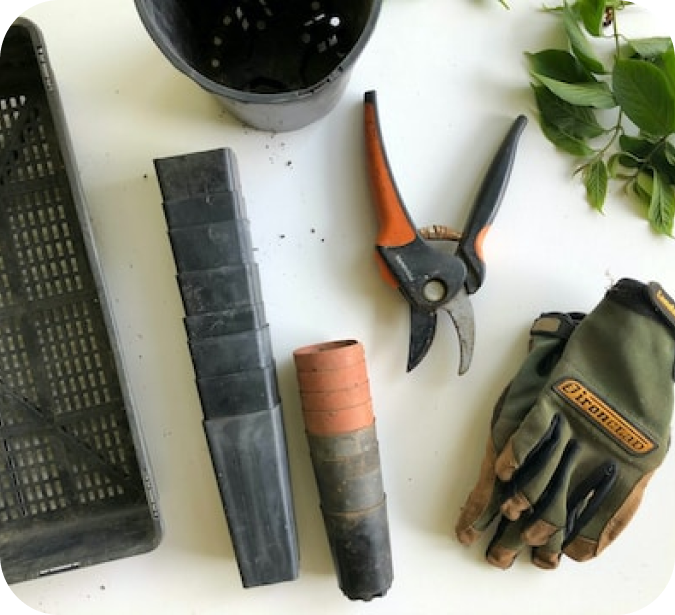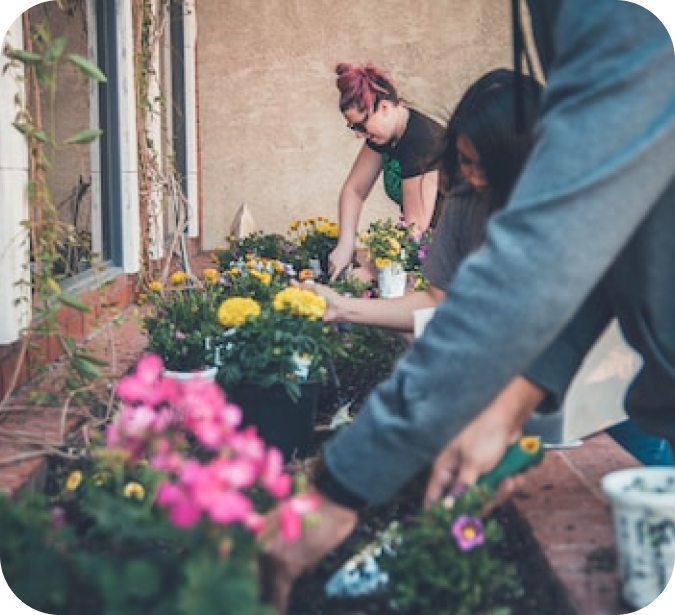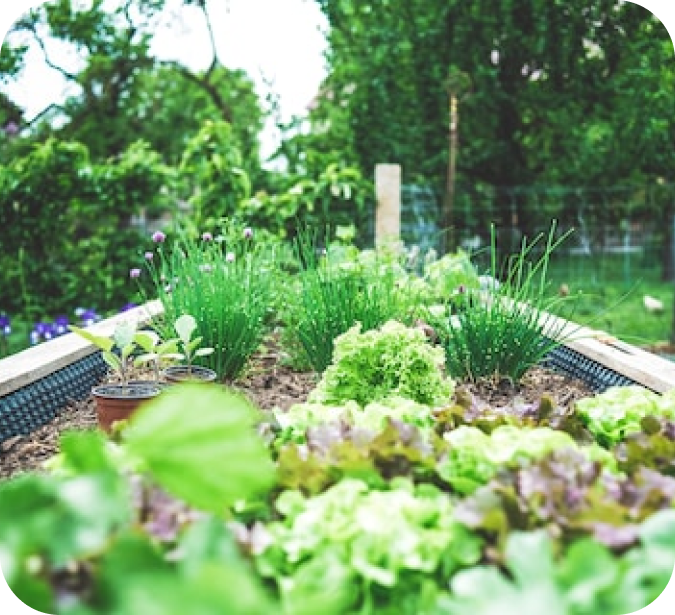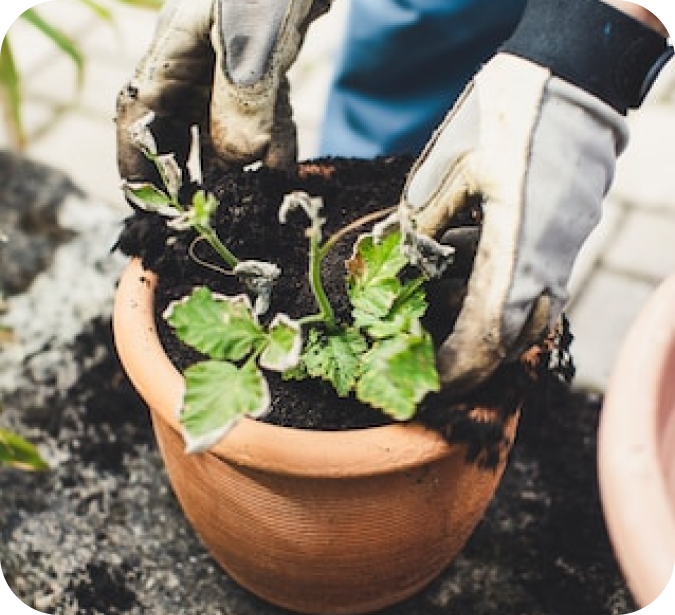“Transform Your Surfside Beach Oasis: 5 Essential Spring Landscaping Tips!”
Introduction
Spring is a time of renewal and growth, making it the perfect season for Surfside Beach residents to revitalize their outdoor spaces. With the coastal climate offering unique challenges and opportunities, it’s essential to approach landscaping with strategies tailored to the local environment. Whether you’re looking to enhance curb appeal, create a serene backyard retreat, or cultivate a thriving garden, these five essential spring landscaping tips will help you make the most of your Surfside Beach property. From selecting the right plants to optimizing soil health, these guidelines will ensure your landscape flourishes throughout the season and beyond.
Maximizing Curb Appeal: Top Spring Landscaping Tips for Surfside Beach Homes
As the vibrant hues of spring begin to emerge, Surfside Beach residents find themselves eager to refresh their outdoor spaces. The mild coastal climate offers the perfect opportunity to enhance curb appeal, making your home a standout in the neighborhood. To achieve a stunning landscape that complements the natural beauty of Surfside Beach, consider these five essential spring landscaping tips.
First and foremost, assess the current state of your garden. After the cooler months, your yard may require some attention to bring it back to life. Begin by clearing away any debris, such as fallen leaves and branches, that may have accumulated over the winter. This simple task not only tidies up your space but also allows you to evaluate the health of your plants and soil. As you clean, take note of any areas that may need additional care or replacement, setting the stage for a successful spring transformation.
Once your garden is prepped, it’s time to focus on the soil. Healthy soil is the foundation of any thriving landscape, and in Surfside Beach, where sandy soils are common, amending the soil is crucial. Incorporate organic matter, such as compost or well-rotted manure, to improve soil structure and fertility. This will enhance water retention and provide essential nutrients for your plants. As you work the soil, consider conducting a soil test to determine its pH level and nutrient content, allowing you to make informed decisions about any necessary amendments.
With the groundwork laid, turn your attention to plant selection. Choosing the right plants for your landscape is key to maximizing curb appeal. Opt for native or drought-tolerant species that thrive in the coastal environment of Surfside Beach. These plants are not only well-suited to the local climate but also require less maintenance and water, making them an eco-friendly choice. Consider incorporating a mix of perennials and annuals to ensure year-round color and interest. Additionally, think about the height, texture, and color of your plants to create a visually appealing and harmonious design.
As you plan your plantings, don’t forget the importance of mulching. Mulch serves multiple purposes in a landscape, from suppressing weeds to retaining moisture and regulating soil temperature. Apply a layer of organic mulch, such as shredded bark or pine straw, around your plants to keep them healthy and thriving. Not only does mulch provide practical benefits, but it also adds a polished and cohesive look to your garden beds, enhancing the overall aesthetic of your landscape.
Finally, pay attention to the finishing touches that can elevate your curb appeal. Consider adding hardscape elements, such as pathways, edging, or decorative stones, to define spaces and create visual interest. These features can guide visitors through your garden and highlight focal points. Additionally, incorporate outdoor lighting to extend the enjoyment of your landscape into the evening hours. Strategically placed lights can accentuate architectural features, illuminate pathways, and create a warm and inviting atmosphere.
By following these essential spring landscaping tips, Surfside Beach residents can transform their outdoor spaces into beautiful and welcoming environments. With careful planning and attention to detail, your home will not only reflect the charm of the coastal community but also stand out as a testament to the beauty of spring.
Eco-Friendly Spring Landscaping: Sustainable Practices for Surfside Beach Yards
As the vibrant hues of spring begin to emerge, Surfside Beach residents find themselves eager to rejuvenate their outdoor spaces. Embracing eco-friendly landscaping practices not only enhances the beauty of your yard but also contributes to the sustainability of our cherished coastal environment. By incorporating a few essential tips, you can create a lush, inviting landscape that thrives in harmony with nature.
To begin with, consider the importance of selecting native plants for your garden. Native species are naturally adapted to the local climate and soil conditions, making them more resilient and requiring less maintenance. This not only reduces the need for chemical fertilizers and pesticides but also conserves water, a precious resource in our community. For instance, the vibrant beauty of the Carolina Jessamine or the hardy resilience of the Live Oak can add both aesthetic appeal and ecological value to your yard. By choosing plants that are well-suited to the Surfside Beach environment, you create a thriving ecosystem that supports local wildlife, including essential pollinators like bees and butterflies.
In addition to plant selection, mindful water management is crucial for sustainable landscaping. Implementing a rainwater harvesting system can significantly reduce your reliance on municipal water supplies. By collecting rainwater in barrels, you can efficiently irrigate your garden while minimizing runoff that can lead to erosion and pollution in nearby waterways. Moreover, installing a drip irrigation system ensures that water is delivered directly to the roots of your plants, reducing evaporation and promoting healthier growth. These practices not only conserve water but also lower your utility bills, making them a win-win for both the environment and your wallet.
Furthermore, enhancing your soil’s health is a fundamental aspect of eco-friendly landscaping. Instead of relying on synthetic fertilizers, consider using organic compost to enrich your soil. Composting kitchen scraps and yard waste not only reduces landfill contributions but also creates a nutrient-rich amendment that improves soil structure and fertility. This practice encourages robust plant growth and increases the soil’s ability to retain moisture, further reducing the need for frequent watering. By nurturing the soil, you lay the foundation for a thriving garden that requires fewer inputs and supports a diverse array of plant life.
Another key element of sustainable landscaping is the strategic use of mulch. Applying a layer of organic mulch around your plants helps retain soil moisture, suppress weeds, and regulate soil temperature. As the mulch breaks down, it adds valuable nutrients back into the soil, enhancing its fertility over time. Opt for locally sourced materials, such as pine straw or shredded bark, to minimize your carbon footprint and support the local economy. This simple yet effective practice not only benefits your garden but also contributes to the overall health of the Surfside Beach ecosystem.
Finally, consider incorporating permeable surfaces into your landscape design. Replacing traditional concrete or asphalt pathways with permeable materials, such as gravel or permeable pavers, allows rainwater to infiltrate the ground rather than running off into storm drains. This reduces the risk of flooding and helps recharge groundwater supplies, promoting a balanced hydrological cycle. By thoughtfully designing your outdoor space with permeability in mind, you contribute to the resilience of our coastal community in the face of changing weather patterns.
In conclusion, adopting eco-friendly landscaping practices is a rewarding endeavor that benefits both your yard and the broader environment. By selecting native plants, managing water wisely, enriching your soil, utilizing mulch, and incorporating permeable surfaces, you create a sustainable landscape that thrives in harmony with nature. As Surfside Beach residents, we have the opportunity to lead by example, fostering a greener, more resilient community for generations to come.
Creating a Coastal Oasis: Spring Landscaping Ideas for Surfside Beach Gardens
As the gentle warmth of spring begins to embrace Surfside Beach, residents find themselves eager to transform their gardens into vibrant coastal oases. The unique climate and sandy soils of this charming seaside town present both opportunities and challenges for landscaping enthusiasts. However, with a few essential tips, you can create a stunning garden that thrives in the coastal environment while reflecting the natural beauty of Surfside Beach.
To begin with, selecting the right plants is crucial for a successful coastal garden. Native plants are particularly well-suited to the local conditions, as they are adapted to the sandy soil and salty air. Consider incorporating sea oats, beach sunflowers, and dune daisies, which not only add color and texture but also help stabilize the soil. These plants are resilient and require minimal maintenance, making them ideal for busy homeowners who still want a lush garden. Additionally, native plants attract local wildlife, such as butterflies and birds, enhancing the ecological value of your garden.
Once you have chosen your plants, it is important to focus on soil preparation. The sandy soil in Surfside Beach can be challenging, as it tends to drain quickly and lacks nutrients. To improve soil quality, consider adding organic matter such as compost or well-rotted manure. This will enhance the soil’s ability to retain moisture and provide essential nutrients to your plants. Moreover, incorporating a layer of mulch around your plants can help conserve moisture, suppress weeds, and maintain a consistent soil temperature, all of which contribute to healthier plant growth.
In addition to plant selection and soil preparation, thoughtful garden design plays a significant role in creating a coastal oasis. Embrace the natural contours of your landscape by designing with curves and undulating lines, which mimic the gentle waves of the ocean. This approach not only creates a more harmonious and visually appealing garden but also helps manage water runoff, reducing erosion. Furthermore, consider incorporating hardscaping elements such as stone pathways or driftwood accents to add structure and interest to your garden. These elements can serve as focal points and provide a sense of cohesion throughout your outdoor space.
Water management is another critical aspect of coastal gardening. While Surfside Beach enjoys a relatively mild climate, it is not immune to periods of drought. Implementing a water-efficient irrigation system, such as drip irrigation or soaker hoses, can ensure that your plants receive adequate moisture without wasting water. Additionally, grouping plants with similar water needs together can further optimize water usage and promote healthier growth.
Finally, creating a coastal oasis is not just about plants and design; it is also about creating a space where you can relax and enjoy the natural beauty of Surfside Beach. Consider adding comfortable seating areas where you can unwind and take in the sights and sounds of your garden. Whether it’s a cozy hammock nestled between two palm trees or a charming bistro set on your patio, these spaces invite you to pause and appreciate the tranquility of your surroundings.
In conclusion, transforming your Surfside Beach garden into a coastal oasis is a rewarding endeavor that combines thoughtful plant selection, soil preparation, and creative design. By embracing the unique characteristics of the coastal environment and incorporating sustainable practices, you can create a garden that not only enhances your home’s curb appeal but also provides a serene retreat for you and your family to enjoy throughout the spring and beyond.
Conclusion
In conclusion, for Surfside Beach residents looking to enhance their spring landscaping, it is essential to focus on selecting native plants that thrive in the local climate, ensuring proper soil preparation to support healthy growth, implementing efficient irrigation systems to conserve water, incorporating mulch to retain moisture and suppress weeds, and planning for pest management to protect the garden. By following these tips, residents can create a vibrant and sustainable landscape that enhances the beauty and value of their property while being mindful of environmental considerations.






